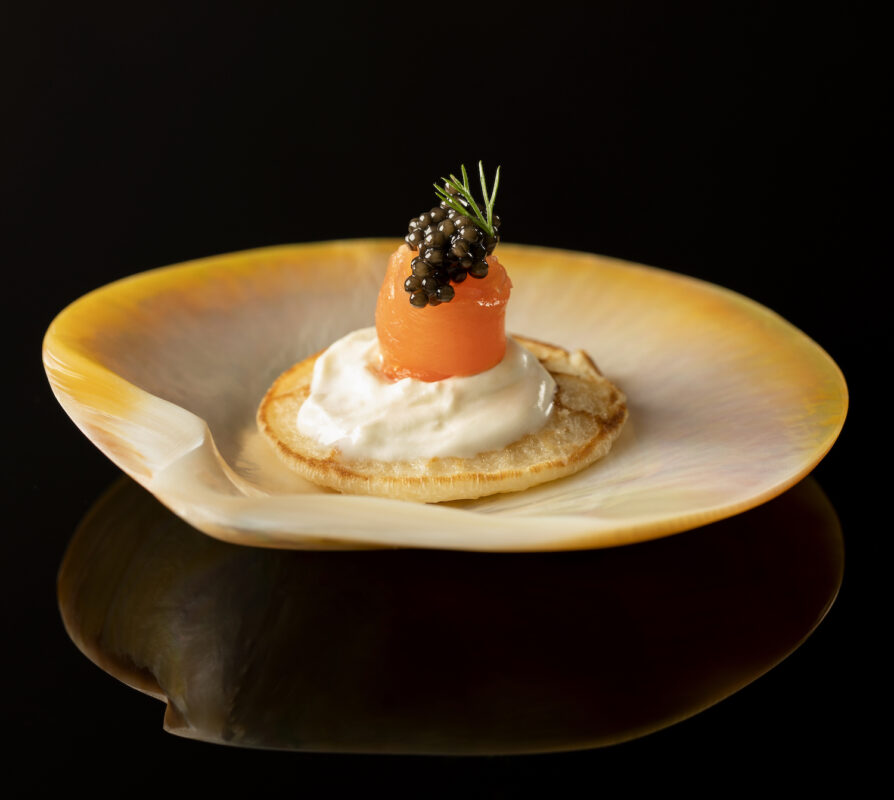King's Fine Food Blog
The History of the Blini
The History of the Blini
Blini, or pancakes, are thin, flat cakes prepared from a batter and cooked on a hot frying pan – first on one side and then flipped to cook on the other side.
They are among the most popular and most-eaten dishes in Slavic countries and an essential part of Russian cuisine.
Traditional Russian blini are made with yeasted batter, which is left to rise and then diluted with milk, soured milk, cold or boiling water. When diluted with boiling water, they are referred to as zavarniye bliny. A lighter and thinner form made from unyeasted batter is also common in Russia. Traditionally, blini are baked in a Russian oven. The process of preparing blini is still referred to as baking in Russian, even though they are nowadays pan-fried, like pancakes.
All kinds of flour may be used, from wheat and buckwheat to oatmeal and millet, although wheat is currently the most popular.
Blini were considered by early East Slavic people in pre-Christian times to be a symbol of the sun, due to their round form. They were traditionally prepared at the end of winter to honour the rebirth of the new sun (Butter Week, or Maslenitsa, also called “pancake week”). It lasted for a week, during which time people tended to eat nothing but pancakes.
The tradition of a dairy festival at that time of year was adopted by the Orthodox church as a way of using up dairy products before the start of Great Lent. This tradition is observed by Western Christians as Pancake Day.
Tradition has it that if a woman prepares many tasty pancakes spring and summer would bring a rich harvest, health, and success.
Blini pancakes can be served with various garnishes. Traditionally they are served with sour cream, melted butter, caviar, and fruits or berries varenie (compote).
Over the last thousand years, much has changed in the process of cooking blini and many traditions have been linked to Russian pancakes. But one thing remains unaltered – these small, tasty symbols of the sun are still loved and eaten everywhere.




